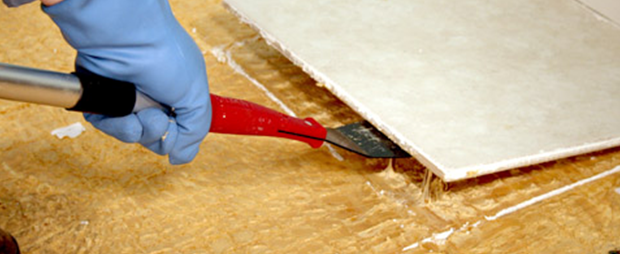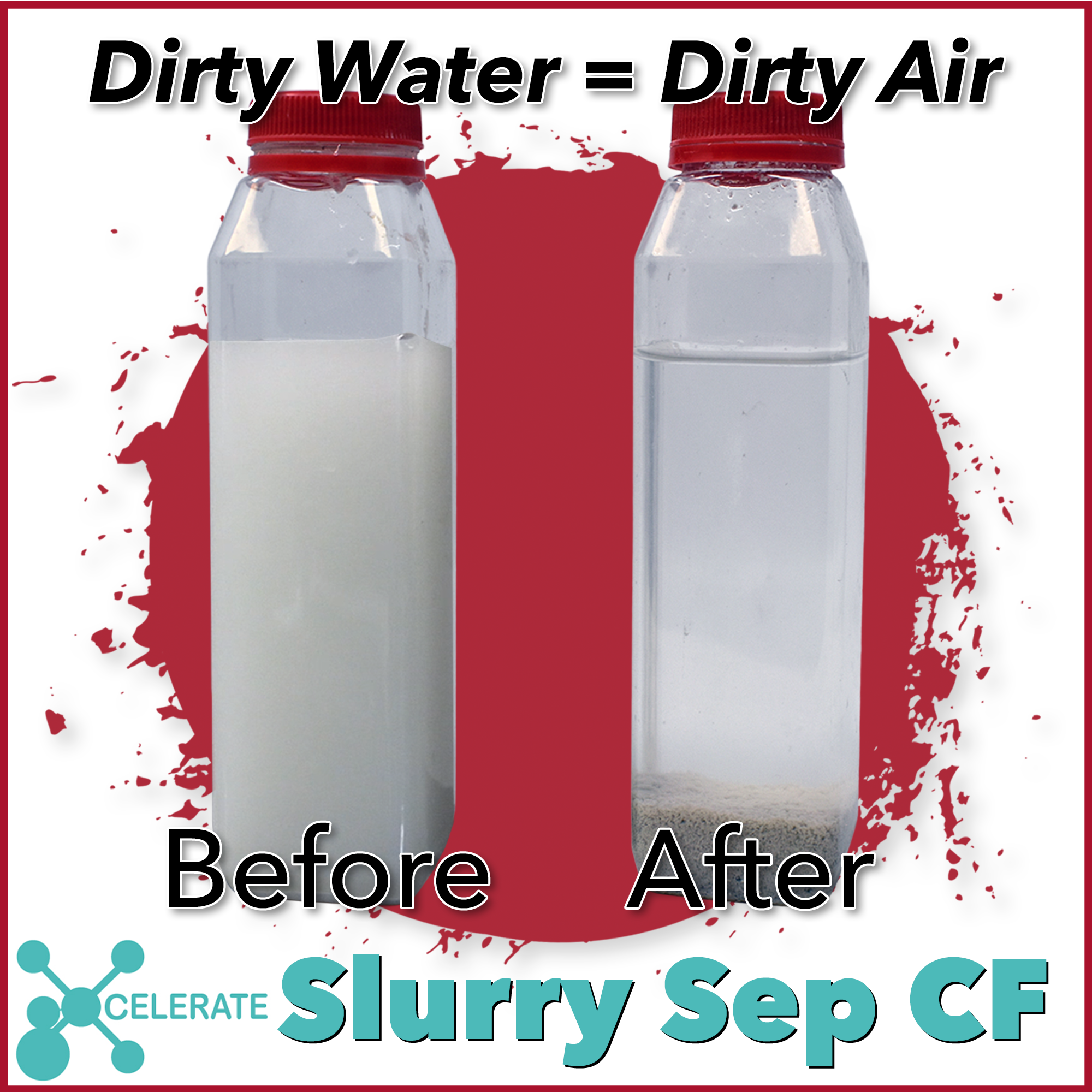
Adhesive Removal Strategies
 When working with industrial-grade adhesives, you know that precision is key. However, every once in a while, you’re bound to make a mistake.
When working with industrial-grade adhesives, you know that precision is key. However, every once in a while, you’re bound to make a mistake.
How do you remove adhesives? For different adhesives there are different ways to remove them.
If the adhesive is not yet fully cured, there are a few simple steps you can take: (*see note*)
- Use a plastic putty knife to scrape off the adhesive
- Try to dig the knife under the edge of the bond area; breaking any seal beginning to form will allow for easier removal
- Wipe off the bond area with a clean cloth and isopropyl alcohol solvent
- Acetone can be used in replacement of isopropyl alcohol, and can even be more effective at fully removing any residue
- Complete residue removal is key for successful re-bonding
- Repeat the bonding process
If the adhesive has already fully bonded, it will obviously present more of a challenge. Here are a few tricks we’ve learned to help you get out of your “sticky” situation:
- Try applying a heat gun to the area in order to soften the adhesive
- Once the adhesive softens, you can use the same steps as above to re-apply the adhesive
- Remember the types of stress that can be applied to adhesive joints
- Tension or shear are the strongest bonds, making them much more difficult to break
- Try pulling the joint apart with a peel load for the greatest success
“Ideal” Failure
As annoying as removing adhesive can be, it presents the unique opportunity to inspect the quality of the adhesive when it was bonded. “Ideal” failure for adhesive joints is called cohesive failure, and can be seen when the residue of the adhesive is left on both substrates, not just one. If you cause deliberate failure of the bond and see residue on both pieces, you know that the adhesive used is highly compatible with the surfaces in question.
Of course, since there is an “ideal” failure scenario, there is also an “undesirable” failure scenario. A bond failure is categorized as undesirable if one side of the joint is a clean, shiny surface with no adhesive residue on it. Essentially, this means that the adhesive used is not compatible with the surface, and another adhesive should be chosen.
Removing industrial-strength adhesive can certainly be a challenge. However, with the proper tools, you can safely remove any adhesive and even learn something about the bond strength while you do! Want to learn more about the adhesives we sell, and the surfaces with which they’re compatible? Our representatives are here to help. Call us, toll-free, at 1-800-220-1966 or send us an email at sales@chemical_concepts.com. We look forward to hearing from you!
*Note*
- For acrylics, epoxies and urethanes – isopropyl alcohol and DeNatured are good removers. Heat on these will accelerate the bond If not cured. The adhesive will degrade at 200 ̊ C or higher. Epoxies can be soaked in methylene chloride.
- For cyanoacrylates- use acetone or soak in water depending on the product (plastic, metal). If it is between metal or plastic soak in water or a mixture with acetone to soften, then pry apart. Heat can be used also to degrade.
- For Hot Melts – Heat or water depending on the substrate bonded.
Removing these adhesives can be a sticky situation. In most cases an unexpected bond questions how not to break the joint without destroying the parts which is dependent on a number of factors.



